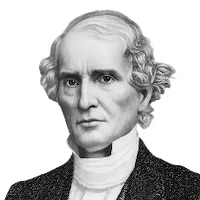Verse of the Day
Author Spotlight
Loading featured author...
Report Issue
See a formatting issue or error?
Let us know →
Verse Takeaways
1
The Transfer of Guilt
Commentators explain that laying a hand on the offering's head was a profound act of identification. It symbolized the worshipper transferring their sin and guilt to the animal, acknowledging that the creature would die in their place. This act visually represented the concept of substitution, which is central to atonement.
See 3 Verse Takeaways
Book Overview
Leviticus
Author
Audience
Composition
Teaching Highlights
Outline
+ 5 more
See Overview
Commentaries
4

Albert Barnes
On Leviticus 1:4
18th Century
Theologian
And he shall put his hand upon the head of the burnt offering—the usual ceremony. By it the sacrificer identified himself with his …

Charles Ellicott
On Leviticus 1:4
19th Century
Bishop
And he shall put his hand. —Or, lay his hand, as the same phrase is rendered in Leviticus 3:2-3;[Reference Levit…

John Gill
On Leviticus 1:4
17th Century
Pastor
And he shall put his hand on the head of the burnt
offering
According to the Targum o…
Go Ad-Free
Go ad-free and create your own bookmark library

Matthew Henry
On Leviticus 1:3–9
17th Century
Minister
In the proper performance of the Levitical ordinances, the mysteries of the spiritual world are represented by corresponding natural objects, and f…